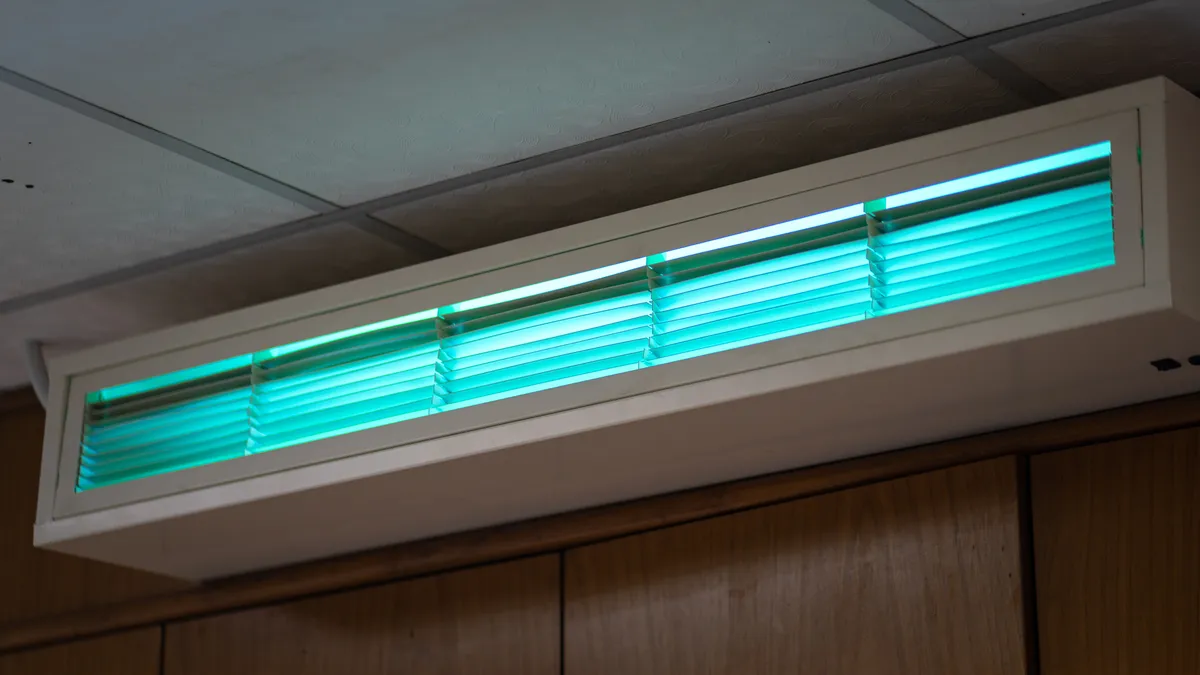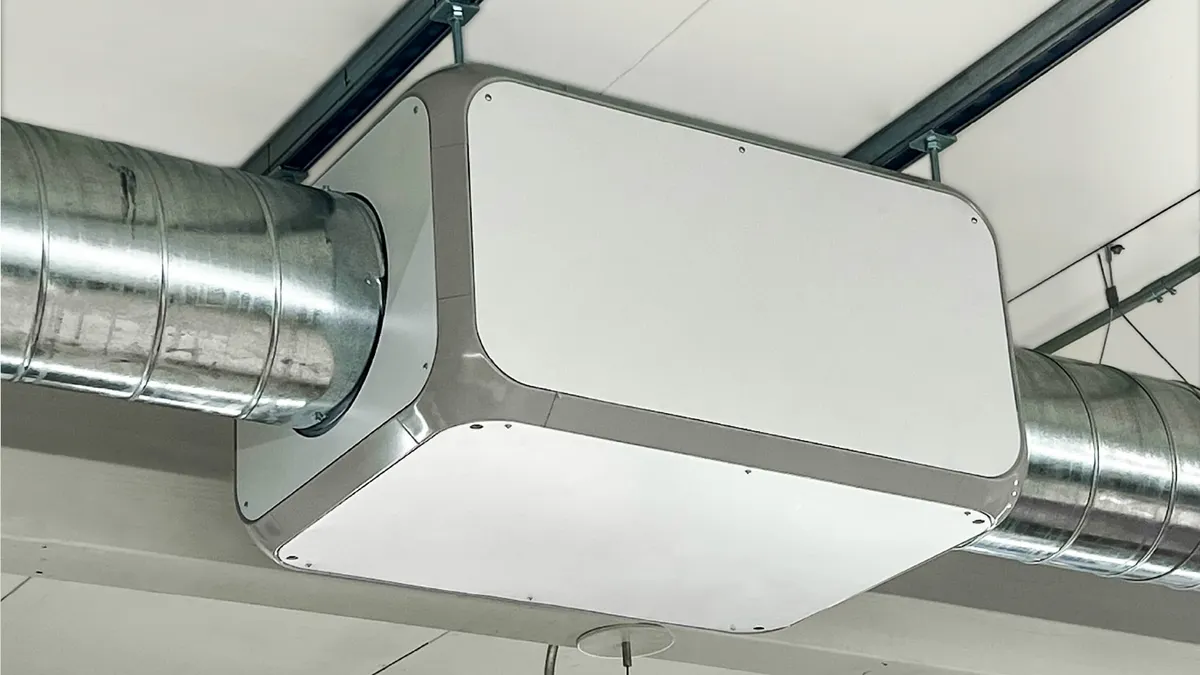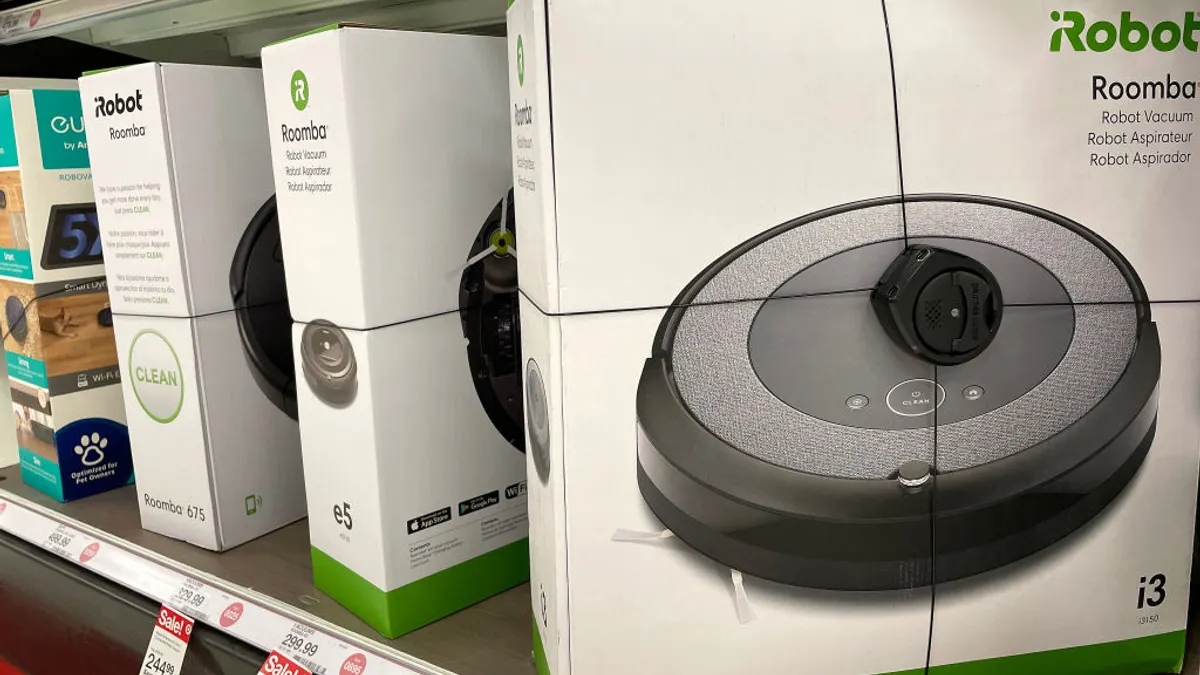In the wake of the pandemic and heightened concerns over airborne infectious diseases, facility managers, owners and operators at large are increasingly turning to germicidal ultraviolet, or GUV, technologies to disinfect air and ensure a healthy indoor environment for occupants.
At the ASHRAE Annual Conference in Indianapolis, researchers from the U.S. Department of Energy’s Pacific Northwest National Laboratory provided an overview of these technologies, quantified the contribution of GUV toward meeting ASHRAE 241 and compared various measures operators can use to meet clean air targets in office buildings.
The DOE research facility has studied three types of GUV technologies that could help to reduce airborne disease transmission and achieve targets set by ASHRAE and the Centers for Disease Control and Prevention, at the lowest levels of energy, carbon and cost, according to Gabe Arnold, senior engineer at PNNL.
These technologies include upper-room GUV that disinfects the air in the region above occupants, whole-room GUV that directly disinfects air in occupied zones, and in-duct GUV, which only disinfects recirculated air and can also be applied on coils for indoor air quality and energy savings benefits, according to Arnold’s presentation.
While whole-room GUV involves more contact with occupants, the krypton-chloride-based excimer used to produce the light has higher safety limits than upper-room and in-duct GUV, making it safer for direct human exposure, Arnold said. In-duct GUV only disinfects recirculated air, and is therefore less effective in combating in-room, person-to-person transmission, according to the seminar.
GUV technology was also shown to provide “substantial contributions” to equivalent clean airflow, or the flow rate of pathogen-free air that is distributed uniformly within a space or system, when calculating compliance with ASHRAE Standard 241’s requirements, Belal Abboushi, lighting research engineer at PNNL, said in his presentation. Abboushi’s research included assessments of GUV across 10 installation sites, comparing GUV and HVAC energy performance in U.S. General Services Administration facilities, and detailed how GUV’s contributions toward meeting ASHRAE 241 can be quantified based on in-situ measurements, or the real-world performance of GUV technologies within a system.
While high output GUV luminaires in small rooms were the most effective in contributing to the system's equivalent clean airflow, the least effective contributions came from installations that cycle, turning on for a short period of time during each cycle, according to Abboushi’s presentation.
Even in large spaces, properly designed GUV installations can provide substantial contributions toward meeting required equivalent clean airflow rates, according to the presentation. Abboushi noted that these technologies' contributions can reduce the burden on other mitigation technologies and pointed to opportunities to explore further integration.
Additional pathogen mitigation strategies outlined in the seminar include HVAC system measures that can filter and disinfect recirculating air and dilute rooms with clean air and in-room measures that can mitigate airborne pathogens near their source, according to Cary Faulkner, mechanical engineer at PNNL.
Although all airborne pathogen mitigation measures could meet ASHRAE Standard 241 guidance equivalent clean air metrics, increasing outdoor air ventilation led to a 73% increase in energy use, Faulkner cautioned.
Due to system sizing constraints and the significant increase in energy requirements associated, HVAC system measures were also unable to meet CDC’s targets, which involve five equivalent clean air changes per hour, Faulkner said. In-room measures, however, were able to meet CDC targets and reduce energy per equivalent clean air change by 78% for system zones, according to Faulkner’s presentation.
Introducing filters with a minimum efficiency reporting value of 13 or higher, as recommended by the CDC, and implementing in-duct GUV also failed to meet CDC standards, while still resulting in high energy use, according to Faulkner’s presentation.





















